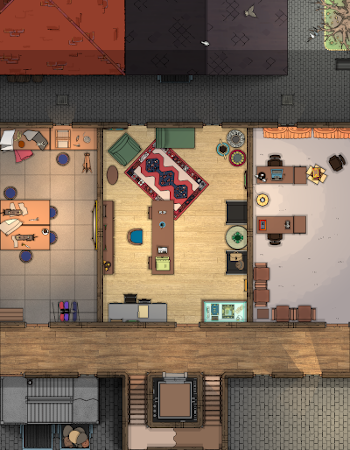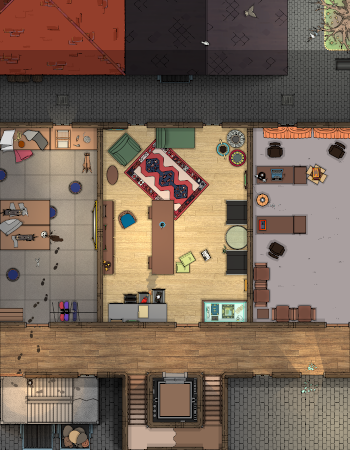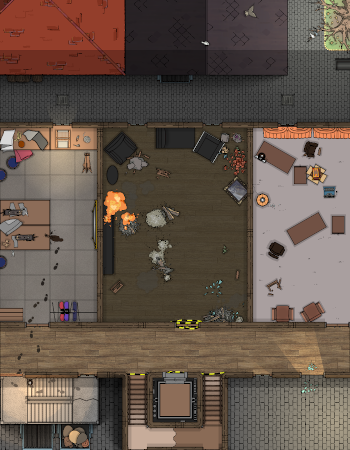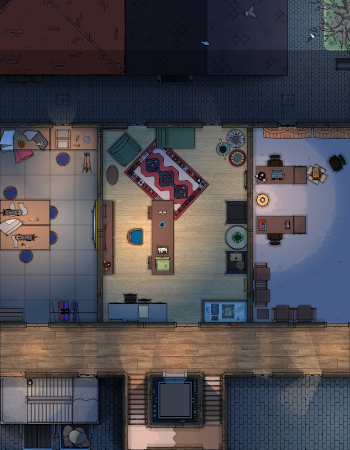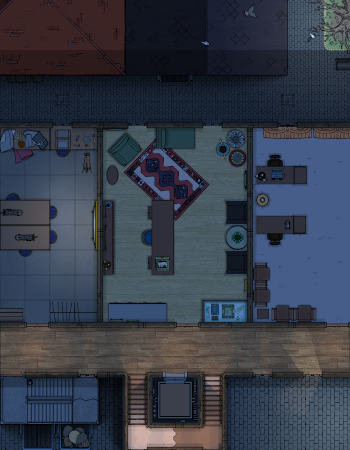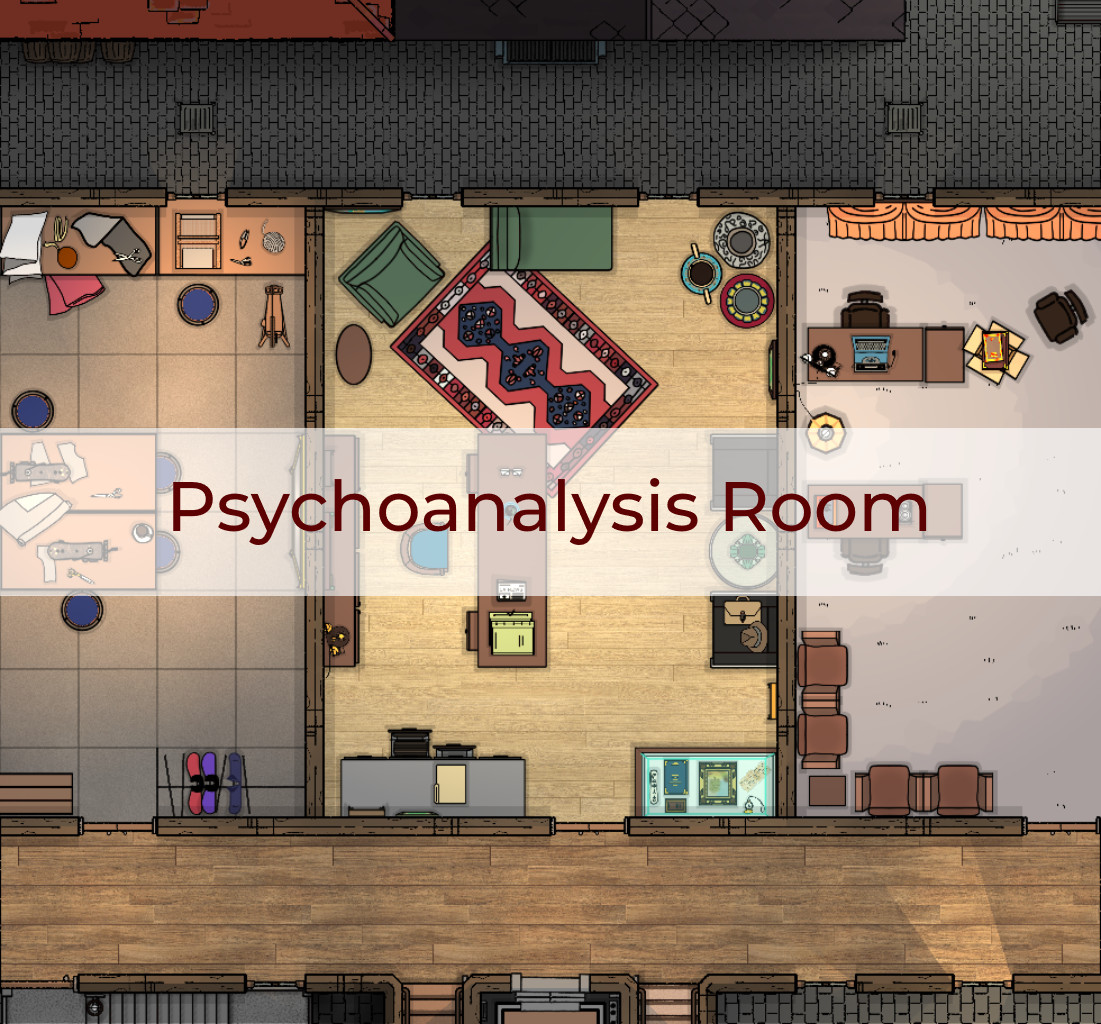Why does the analyst take notes in a cipher that predates modern psychology, and what's behind those patient files that require multiple locks? Which sessions are scheduled off the official appointment book, and why do certain clients pay for treatments that aren't recognized by any psychiatric association? What's recorded on those wax cylinders stored in the soundproof cabinet?
Follow Cthulhu Architect on BlueSky!It’s all in the mind.
― George Harrison
Dr. Cordelia Thorne had always prided herself on her clinical detachment, but something about her new practice space unsettled her in ways she couldn’t quite articulate to her colleagues. The mahogany-paneled room came furnished with the previous tenant’s belongings---an imposing desk, burgundy leather couch, and an antique mirror that seemed to absorb light rather than reflect it.
Her first patient, a nervous bank clerk named Harrison Wilde, complained of dreams that felt more real than his waking hours. As he spoke, Thorne noticed how his reflection in the mirror seemed to lag behind his actual movements, creating a disorienting double-image that made her dizzy. She dismissed it as eyestrain from the room’s poor lighting.
By the third session, Harrison’s dreams had begun bleeding into reality. He described vast geometries that hurt to perceive, and spoke in fragments of languages that predated human civilization. Thorne found herself taking notes in symbols she didn’t recognize, her hand moving with automatic precision across the page.
The breakthrough came during their fifth meeting, when Harrison’s reflection finally caught up---but not to him. The man in the mirror turned to face Thorne directly while Harrison continued speaking, oblivious. The reflected Harrison smiled with too many teeth and began sketching diagrams on the mirror’s surface from the inside, showing her the true architecture of the human mind.
Thorne understood then that the room didn’t just facilitate psychoanalysis---it performed psychosynthesis, rebuilding minds according to patterns that existed outside normal space and time. As her own reflection began to lag, she realized she had become both doctor and patient, analyst and analyzed, in a process that had been continuing long before she arrived and would continue long after she transformed into something that could properly appreciate the gift she was receiving.
